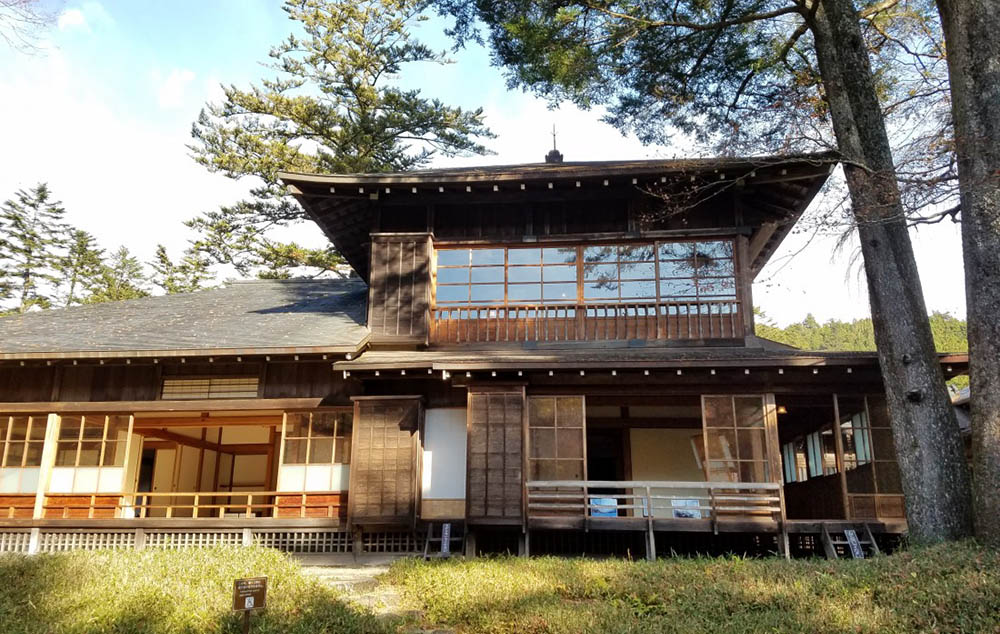Overview
Tamozawa Imperial Villa stands as a unique historical landmark, spanning the architectural styles of the Meiji and Edo periods. This extraordinary venue offers visitors an unprecedented glimpse into the private life of the Japanese Imperial Family and the evolution of Japanese architectural design. Boasting 106 rooms, this magnificent structure is not just one of Japan’s largest wooden buildings, but a living history book waiting to be explored.
Key Information at a Glance
- Location: Nikko City
- Year Built: 1899
- Highlight: One of Japan’s largest wooden structures
- Architectural Style: Seamless blend of Japanese and Western design
- Recommended Visit Duration: 1-2 hours
- Admission: 600 Japanese Yen
Historical Background
The history of Tamozawa Imperial Villa dates back to the late 19th century. Originally a residence of the Tokugawa family in Tokyo, the building briefly served as an Imperial Palace before being relocated to Nikko in 1899. Expanded into a summer retreat for the Imperial Family, the villa underwent a remarkable transformation.
After World War II, the building fell into neglect. However, in the year 2000, after extensive restoration, Tamozawa Imperial Villa was reopened to the public as a distinctive historical museum, preserving a crucial chapter of Japanese architectural and royal history.
Main Attractions and Features
A Perfect Fusion of Architectural Styles
The interior presents a breathtaking blend of Japanese and Western design. Elegant crystal chandeliers harmonize with traditional Japanese sliding paper doors and tatami mat floors, showcasing the diversity and inclusivity of Japanese architectural art.
Garden Landscape
The surrounding Japanese garden is particularly enchanting. The maple trees are especially spectacular during late October and early November, offering visitors stunning photographic opportunities with their vibrant autumn colors.
Architectural Significance
Although now occupying only one-third of its original area, Tamozawa Imperial Villa remains one of the largest wooden structures in Japan. The museum is equipped with multilingual display boards, making it accessible to international visitors.
Best Times to Visit
- Spring (April-May): Cherry blossoms in full bloom, pleasant weather
- Autumn (October-November): Maple leaves at their most spectacular
- Avoid: Peak summer heat and winter cold
Getting There
Public Transportation
- Take a Tobu bus from JR or Tobu Nikko Station
- Buses heading to Chuzenji Onsen or Yumoto Onsen
- Get off at Tamozawa bus stop
- Bus ride takes approximately 10 minutes, one-way ticket costs 350 yen
- Walking option: About 20-minute walk from Toshogu Shrine
Opening Hours and Admission
- Operating Hours:
- April to October: 9:00-17:00 (last entry at 16:00)
- November to March: 9:00-16:30 (last entry at 15:45)
- Closed:
- Every Tuesday (or following day if Tuesday is a national holiday)
- December 29 to January 1
- Ticket Price: 600 Yen
Visitor Tips
- Dress Code: Comfortable walking shoes and clothing suitable for indoor museum visits
- Photography: Some areas may restrict photography, please respect museum guidelines
- Language: Recommended to bring translation devices or join guided tours
- Budget: Prepare some extra funds for souvenirs and additional expenses
Official Websites
Conclusion
Tamozawa Imperial Villa is more than just a building; it’s a living piece of history. Witnessing Japan’s transformation from a feudal society to a modern state, it provides visitors with a unique window into the Japanese Imperial Family’s lifestyle and architectural aesthetics. Whether you’re a history enthusiast, architecture lover, or simply curious about Japanese culture, this villa promises an unforgettable experience.

Leave a Reply